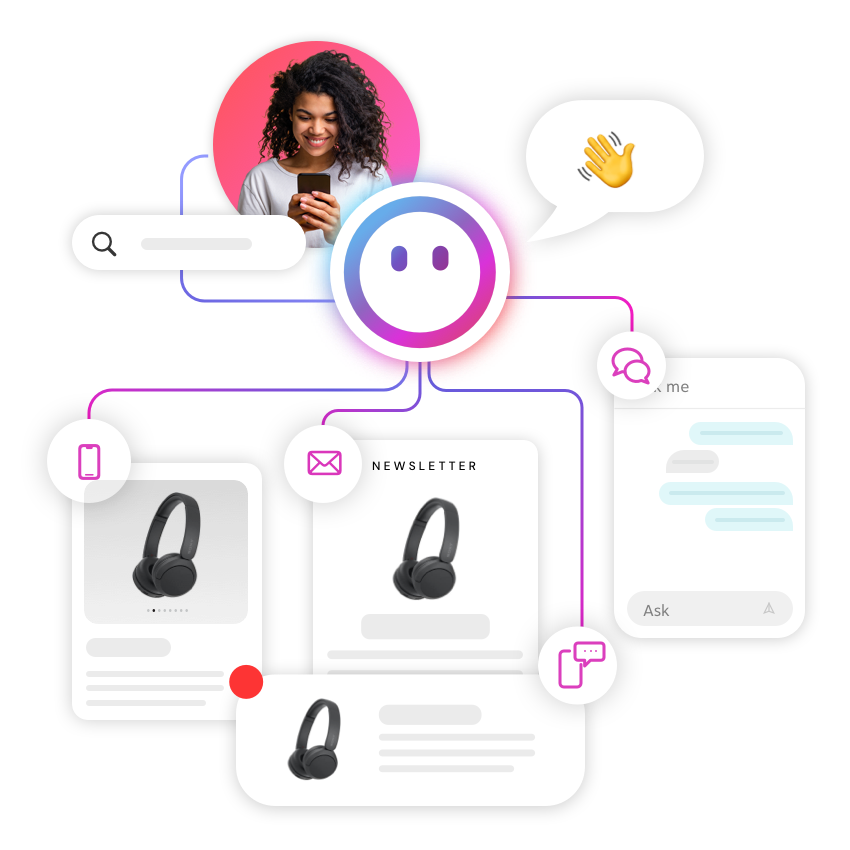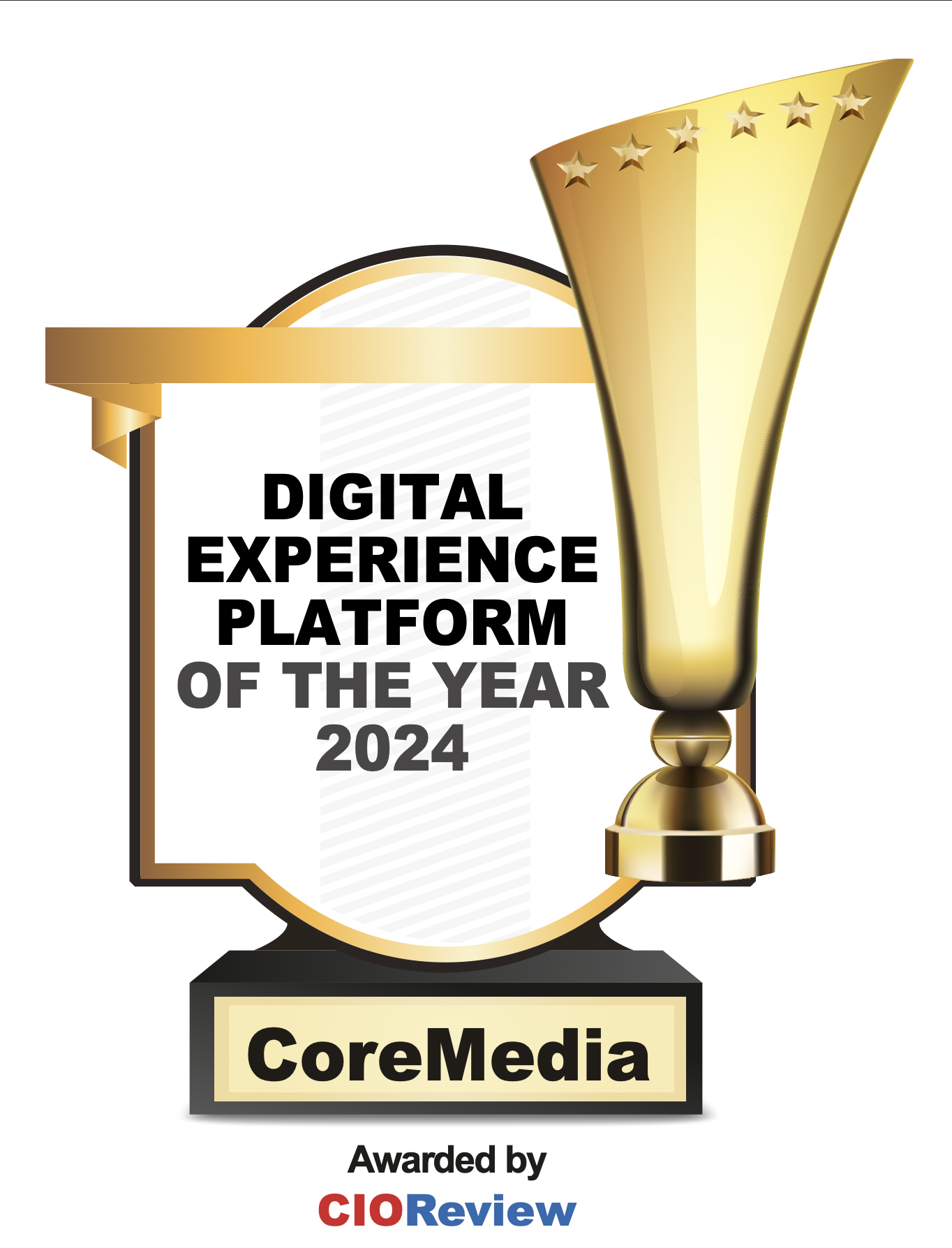This year I attended NRF, the National Retail Federation’s annual mega-conference in New York City. If you’ve been to NRF, you know the conference packs the Javits Center to the gills with technology companies hawking their wares to the world’s retailers. But the environment also provides an opportunity to identify trends that will define the retail landscape – and the eCommerce industry – for years to come.
A few years ago, that trend was data. And walking around the show this year, it’s clear that this focus has transformed retail. Whether it’s using AI to optimize inventory management or improve personalization in the shopping experience, Big Data has spawned its own industry-within-an-industry.
As for the next transformative trend, call it “phygital” (or whatever buzzword you want), but it’s clear that the offline and online worlds are merging, especially when it comes to commerce. From the “magic” mirrors at Intel’s booth to virtual reality (VR) try-ons, NRF this year showed how technology will change not only the way customers relate to brands but also how brands will manage their customer experiences.
The impact of this change will manifest in at least 3 ways.
1. Shoppable Everything Everywhere
Displays aren’t just in our pockets and on our wrists anymore, they’re proliferating all around us. And seemingly every one of those displays can connect to the internet via Internet-of-Things (IoT) technology.
So in a world where every surface is a display connected to the internet, it follows that retailers will seek to make those surfaces shoppable. Soon, we’ll be able to try on clothing via a VR device at home and then make a purchase just with our voice (via Amazon Echo, Google Home, Apple HomePod or the like).
At the moment, brands only have to manage three primary purchase points:
- Brick and mortar
- Web stores
- Online aggregators (Amazon, et al)
But in a future of shoppable surfaces, the web store will splinter into hundreds (or even thousands) of shoppable nodes.
This will be a tremendous challenge, but the good news is that many retailers are already moving toward “headless” commerce systems (i.e. decoupling the backend transactional order processing from the presentation layer of customer experience). To keep up, however, retailers will need to go further and build systems that are API-first.
The need to modularize technology functions will then commoditize the eCommerce platforms that have traditionally dominated the space, as agile startups focus on delivering excellence within one piece of the value chain.
2. Brand Experience Everywhere
In a world where Amazon relentlessly raises the bar for convenience (and also offers private label products), retailers have little choice but to focus on their brand (and their customers’ experience of it) as a key differentiator. But with shoppable interfaces multiplying, marketers & merchandisers will have to manage that experience across many more touch points. Which means the out-of-the-box CMS that comes with most eCommerce platforms isn’t going to cut it.
As a result, so-called digital experience platforms (DXPs) will rise dramatically in importance. Tools that give marketers and merchandisers the ability to control the brand experience across many different purchasing experiences will become essential.
In addition to being cloud-based and API-first, DXPs will need to:
- Integrate seamlessly into all major eCommerce transactional platforms, not only traditional players such as IBM, Salesforce, and SAP but also newer players such as Elastic Path. Without these integrations, time-to-market and reliability will suffer.
- Provide the ability for non-technical teams to preview the customer experience across a proliferation of screens from a single tool.
At NRF, CoreMedia demoed the ability for a brand marketers to do VR walkthroughs and preview displays within a remote flagship store. This would represent a tremendous step forward for retailers, allowing them to leverage creative assets on a global scale and achieve a more consistent brand experience worldwide.
3. The Return of Local
In an interesting twist, I see the confluence of our physical and digital worlds giving rise to a renaissance for local shopping. This might seem counterintuitive at first, but it’s a logical consequence of commerce becoming API-first and retailers deciding that in-store experiences still matter.
Here’s the logic:
- Condition 1: Retailers shift to API-first, which means that transaction services treat every item for sale as just another thing to be sold and delivered.
- Condition 2: But stores don't disappear because person-to-person experiences still matter. (If they didn’t, online retailers wouldn’t be opening pop-ups.)
- Outcome: Therefore, if I can sell any item such as a T-shirt anywhere, and some of those T-shirts are already present in a store close to a customer, why wouldn’t I just sell the t-shirt closest to the customer?
The next step would be for retailers to build APIs that allow customers to purchase items regardless of who actually owns the store. For example, if I’m Levi’s, I could provide the brand interface and sell a pair of jeans regardless of its current location (in a small boutique, in the Levi’s flagship, or at a department store). It’ll be a wonderful opportunity to increase customer convenience while reducing waste and logistics costs.
That said, I don’t think retailers have the capabilities to build that level of technology. So it’ll fall to a startup or a tech company that already plays at the fringes of this space, a company in the vein of Adyen or Square.
Even if retailers aren’t the ones who build it, this transition will still have a huge impact and provide a boost in retailers' ongoing battle with Amazon. How it all shakes out is anyone’s guess. But one thing is for sure: It will be a fascinating ride.
This post was adapted from the author's original post on Medium.








